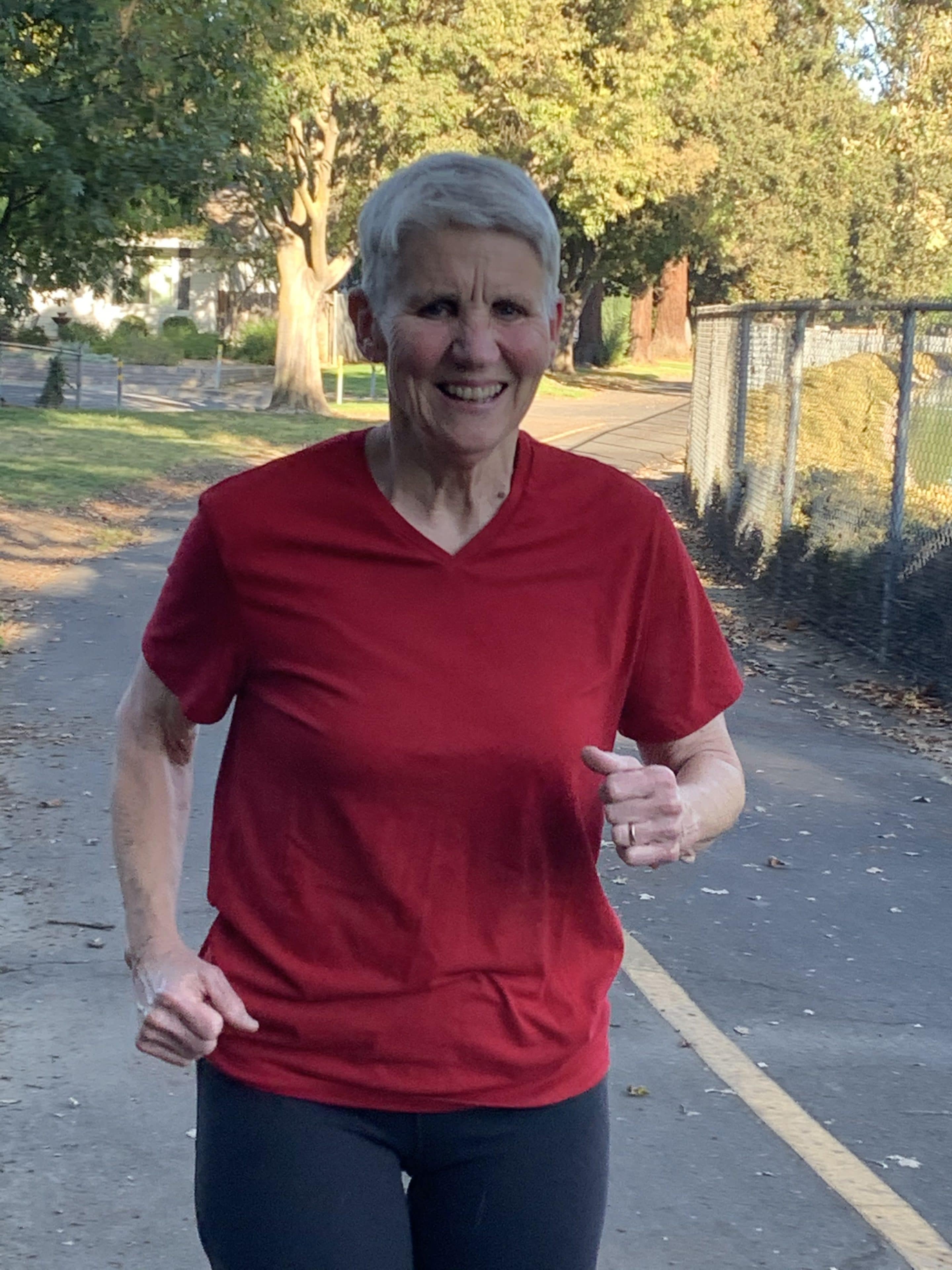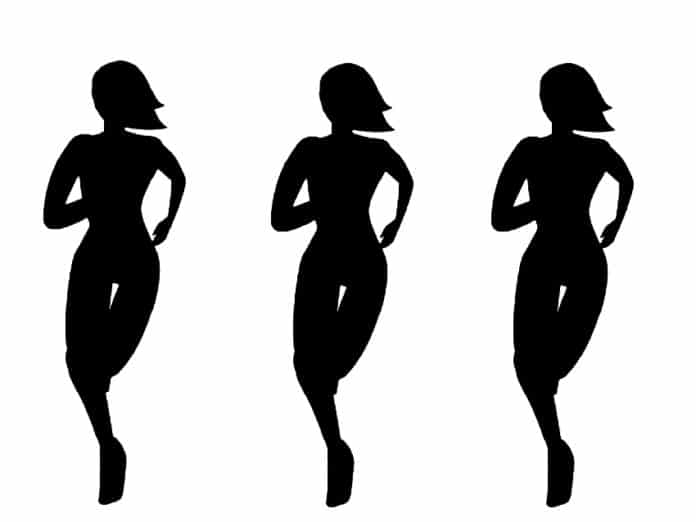Like many people, I’ve been working at home since mid-March. Despite a schedule full of Zoom meetings, doing my job in my house gives me a little more flexibility to fit exercise into my day. Starting back on the trail, though, made me think that I might be getting too old for this sport that I started in my 20s. Running felt like a slog. Lifting a dumbbell was like trying to pick up a small car, and the next day I ached everywhere. The more I struggled, the less likely I was to do it. Part of me wondered if this is just what it felt like to be nearly 70, but I didn’t want to give up. I remembered how great I felt a few years before when morning runs were relatively easy, and I could see definition in my body from weight training. I wanted that feeling.
There was no magic formula. The real answer was much simpler: I stuck with it.
Seven months later, I can finally say I’m in great shape again, but there was no magic formula. The real answer was much simpler: I stuck with it. I started with short runs and kept doing them five days a week. It was tough at first, but I gradually built up to about 20 miles a week, with a six-miler being my longest run. It’s less than I did when I was young, but it’s a lot more than I’d done for a while, and it made me realize how much I had tied exercise to what was going on in other areas of my life.
When I retired from being a college dean six years ago, one of my primary goals was to focus on fitness. I’d been a runner for nearly 40 years at the time, but I’d gotten sloppy during the last few years of work, mostly tiring of trying to fit too much into each day. After retirement, when I no longer had to be in my car and on my way to my job by 7:30, I took advantage of the slower pace and got back into a better routine. I also joined a gym and started doing weights three times a week. Before too long, at age 63, I was probably in the best shape of my life.
If we do slow down, that inactivity affects our abilities more than our actual age does.
Around this same time, as part of a writing project I was working on, I became acquainted with the work of researchers at the York University Centre for Aging Research and Education (YU-CARE) in Toronto, Canada. Their focus is exactly as it sounds. They study the impacts of aging on the body and mind, and on educating the public about these effects. It turns out that many of us think we’re supposed to feel and behave a certain way because that’s the stereotype we hold about people our age. How this plays out, of course, is that if we think we’re supposed to slow down, we often do. And, if we do slow down, that inactivity affects our abilities more than our actual age does.
That’s where I found myself in the last couple of years, when I “un-retired” and went back to work at the community college where I first started teaching 35 years ago. The busier I got at work, the less I exercised. The less I worked out, the harder it was to do it. Unless I got up at 5 am and ran in the dark, there was little time to maintain a regular running routine. By the time I’d been in the job for a while, I had gained 15 pounds and I was exhausted. Then COVID hit. I was still working, but there was more opportunity to work on fitness, as hard as it was at first.
“Any amount of physical activity is better than none at all”
When my knees were creaking and I was dreading getting out of bed for my morning jog, I thought about my friends at YU-CARE. I reached out to doctoral researcher Ariane Séguin Massie, who reminded me to make exercising fun. “We often think of exercise as prescriptive (workout routines, training schedules, etc.),” she said. “While guidelines can be a good road map — and I can’t stress this enough — any amount of physical activity is better than none at all.” Massie suggests “setting small, achievable goals.” She also urges being realistic. “Whatever it is, try to make it fun. Choose an activity that is pleasurable or personally meaningful. It might sound silly, but you’re more likely to do it if you look forward to it.” She was right, of course. By taking it slowly and having realistic expectations, I feel like I’ve regained both my fitness and my confidence. Gaining 15 pounds at the same time I was moving in on 70 scared me. So, I’m staying in touch with Massie’s words of advice. Since I don’t really want to have to re-start my fitness program again, I’m going to remember that it’s more inactivity than actual aging that makes it tough to get back into it.
I also know I’m not alone, which is why I rely regularly on a long-time running partner, who is just a couple of years my junior. When a younger runner races past us on the trail, we used to be discouraged. Now we remind each other how lucky we are to still be at it and to be moving forward, not sliding back.

By Ginny McReynolds



She is really inspiring, go Ginny! I’d like to hear more from her. I am curious if she keeps running now in winter and about being “un-retired” and going back to her first job at the community college!
Liked this one and her insights on how `inactivity brings age’ instead of `age brings inactivity’. and AGEIST, these researchers seem to be into something: York University Centre for Aging Research and Education (YU-CARE) in Toronto. How about a profile-interview with them?
‘inactivity brings age’ instead of `age brings inactivity’
Such concise and wise insight!
A much needed reminder.
So inspiring to this almost 55-year-old who had given up on her running practice but definitely wants to get back on the trail. Thank you!